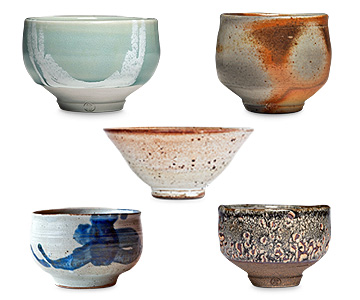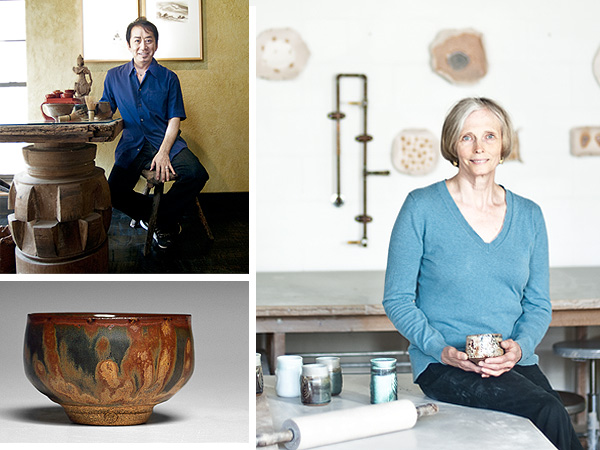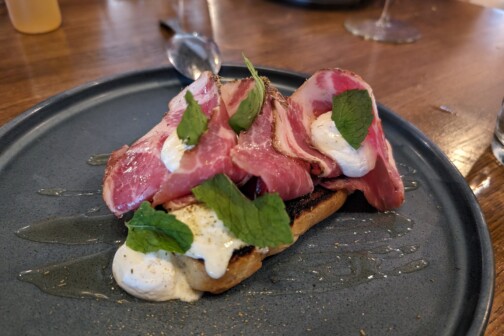“Here, take this,” says potter Ginny Marsh. Her strong hands cradle a vessel that’s flawed yet beautiful. Black and blue as if bruised, with veins of umber creeping across its surface, the tea bowl is by no means perfect. The surface is coarse. Divets dot the rim. But, as the cliché goes, God is in the details or—in this case—the imperfections. Holding one of Marsh’s tea bowls, one can feel her passion for the clay, the earth, and, of course, the fire. “Besides the warmth of the tea and the friendship, the bowl itself carries the mark of the maker’s hand and tells the user a lot about how the maker touches clay,” Marsh says. “The communication happens at several levels.”


“Yes, that’s most important,” Marsh agrees. “Tea bowls are highly personal,” she says. “If you don’t use the bowl, then it never lives. It dries and fades.” In Japanese culture, experience is valued. Tea bowls are repaired. Flaws are drawn out, emphasized. It flies in the face of Western tastes. Marsh chuckles as she reflects on her art—these admittedly “imperfect” yet perfectly beautiful bowls—and their creator. “I guess neither of us are getting older,” she says. “We’re just both working on our patina.”
Marsh’s and Shiratori’s tea bowls, as well as matcha green tea, are all available at The Cultured Cup. theculturedcup.com.
UPCOMING EVENT
Cooking Simply With Matcha Tea: How To Add One of the Healthiest Super Foods Into Your Summertime Recipes
Learn what matcha is, how it is grown and processed, how to prepare it traditionally, and how to incorporate it into other food and beverage recipes. Filled with tips, recipes, and food pairing samples, this cooking class will help make your summer entertaining easy and healthful.
Thursday, July 15, 6:30-9 pm | The Cultured Cup







